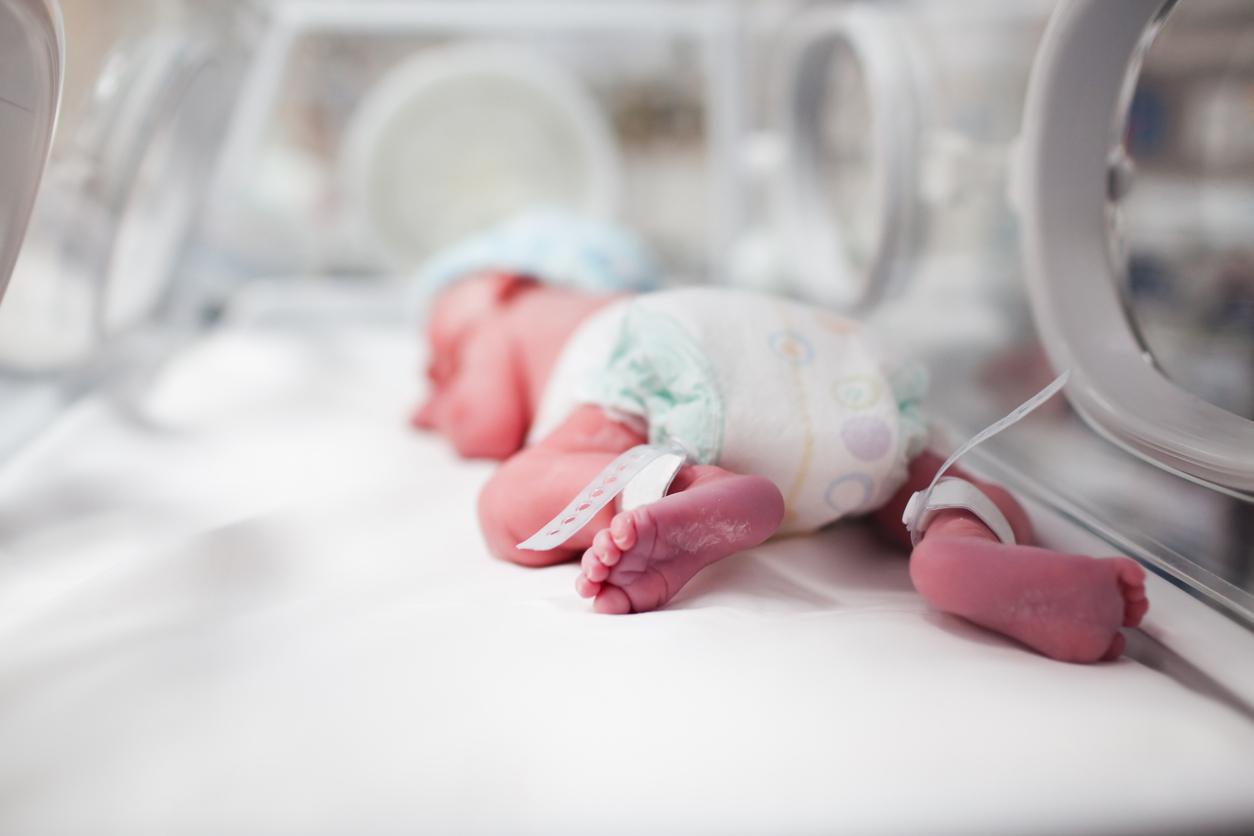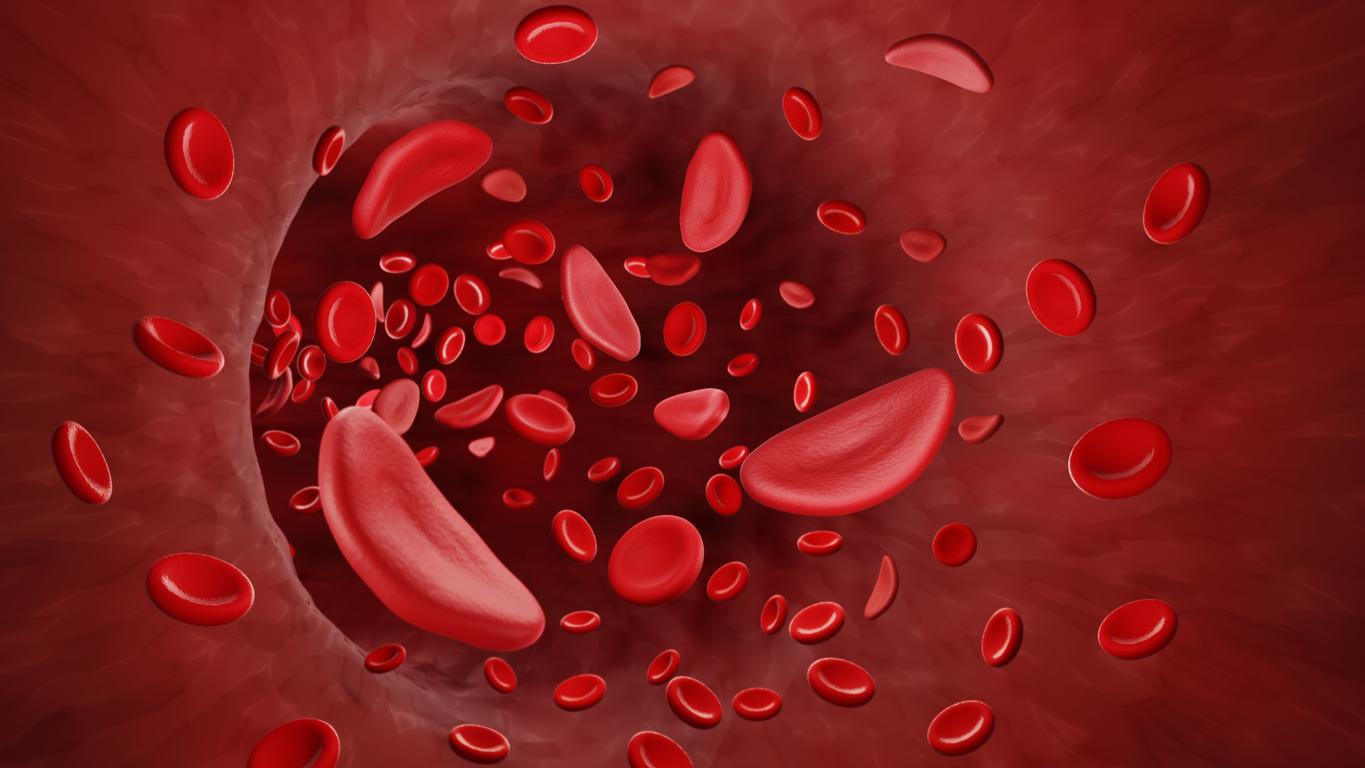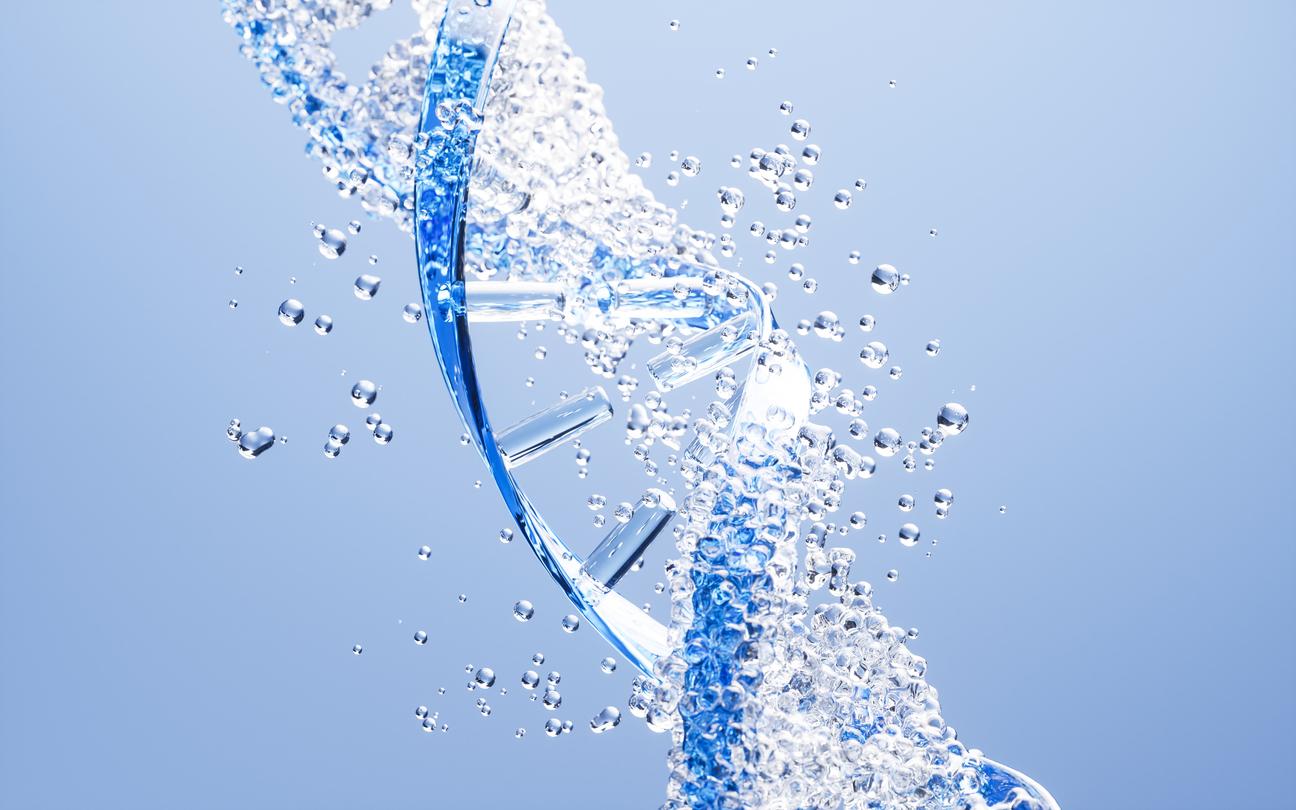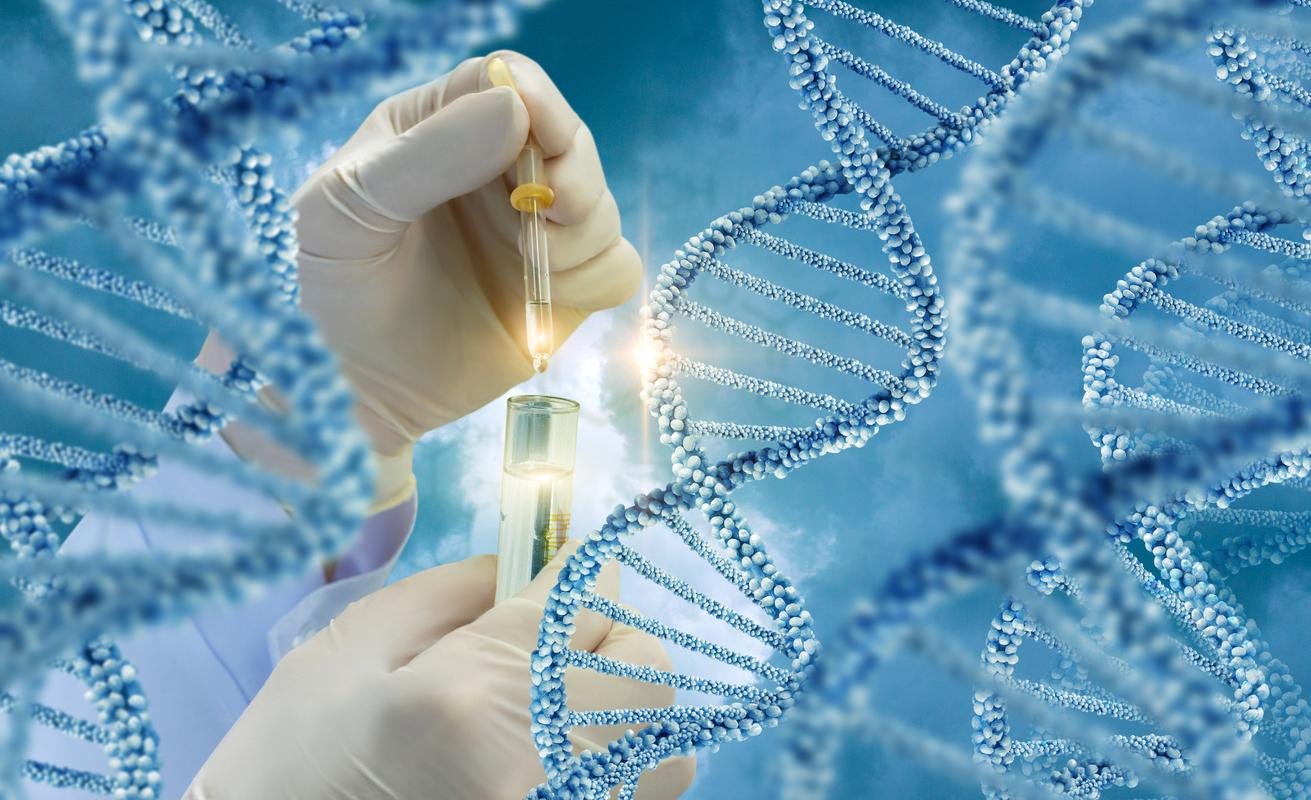The Crick Francis Institute in London (United Kingdom) has just obtained authorization for genetic modifications by the Human Fertilization and Embryology Authority (HFEA), according to a Science publication. This is for research purposes and using the “CRISPR” genome editing method, which identifies genes that have problems in the DNA in order to control them.
“We have approved the request of Dr Kathy Niakan of the Francis Crick Institute (London) to add the possibility of manipulating (human) embryos to his research authorization,” said the HFEA. “But it will be forbidden to use the embryos to transplant them onto women.”
A controversial decision. “This is the first step on a path that scientists have paved towards legalizing genetically modified babies,” responded David King, director of the Human Genetic Alert group.
France voted on July 16, 2013, a law that allows research on human stem cells and embryos. “Embryonic stem cells come from the human embryo in the very early stages of its development, just 5 or 6 days after fertilization. At this stage, “they are said to be” pluripotent “, that is to say they can replicate indefinitely, proliferate in culture and differentiate into more than 200 types of tissues” explains Inserm on its site. Stem cells can therefore donate cells of the skin, bones, blood …
China already noticed
In April 2015, a team of Chinese researchers had used this method and successfully modified an abnormal gene in human embryos. An experiment published by the scientific journal Protein and Cell which revealed that the team “attempted to modify the gene responsible for beta thalassemia, a potentially fatal blood disease, using a gene editing technique called CRISPR / Cas9” . A corrected version of the defective gene was introduced into 86 embryos. 48 hours later, 71 embryos survived, of which 54 were tested. But the results are not very promising, as the new corrected gene only worked on less than a third of the embryos.
Read also:
Chinese researchers genetically manipulate embryos
The choice of the sex of the baby soon possible in Australia?
Stem cells: 10 years of promising research


















